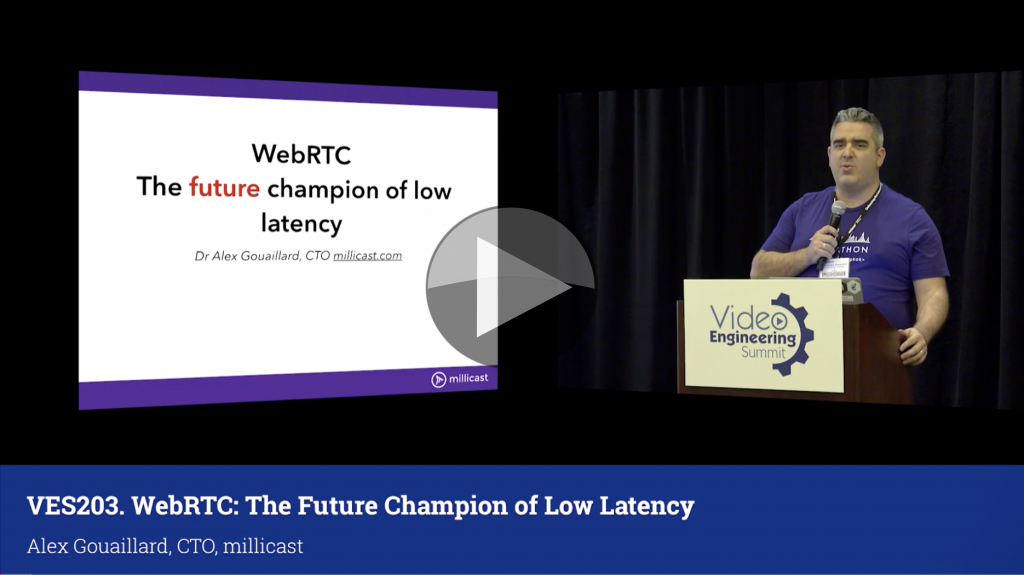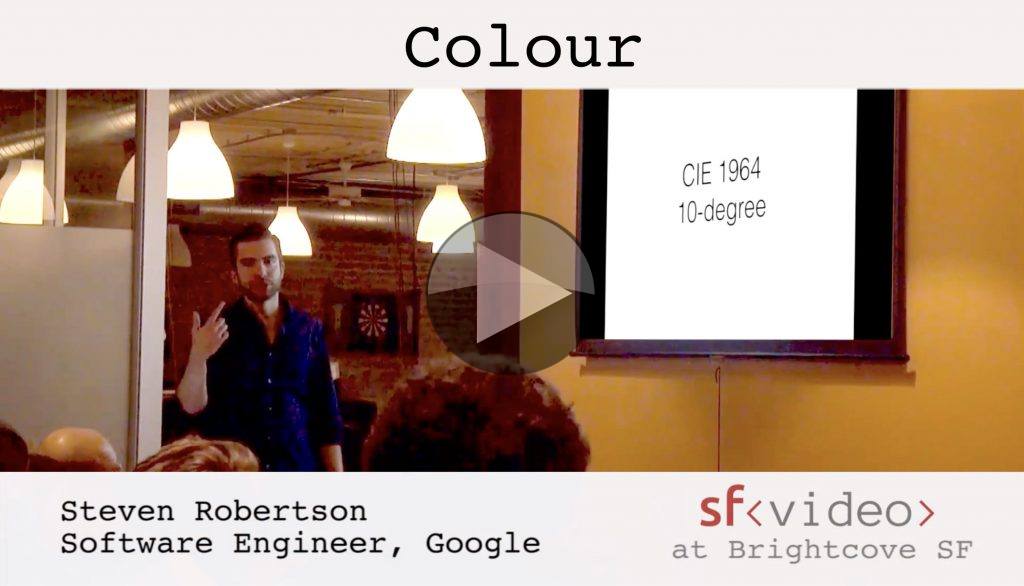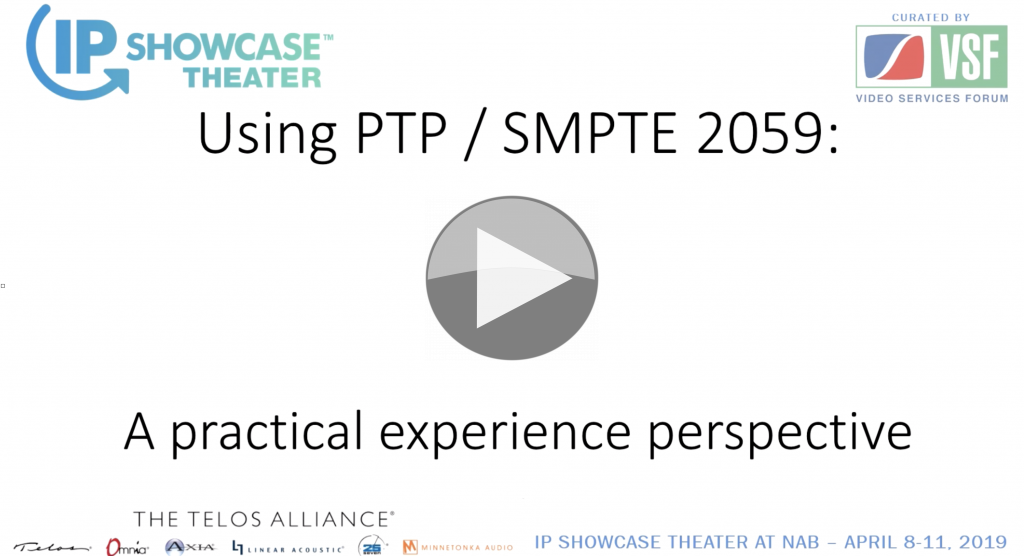
With the continual quest for lower and lower latencies in streamed video, WebRTC is an attractive technology with latencies in the milliseconds rather than seconds. Limelight’s lowest latency offerings are based on WebRTC.
Alex Gouaillard from millicast explains the brief history and current status of WebRTC including which browsers are supported. After talking about optimisations that have been made, he talks about Bandwidth Adaptive Media and other use cases to be solved.
Supported codecs and, importantly, Scalable Video Coding support is discussed along with ways of implementing WebRTC. Alex also talks about the testing that’s gone in to the standard looking at bandwidth and latencies.
Lastly, a key question around WebRTC is ‘does it scale’ which is discussed before the conclusion.
Watch it now!
Speaker
 |
Alex Gouaillard CTO, millicast |







